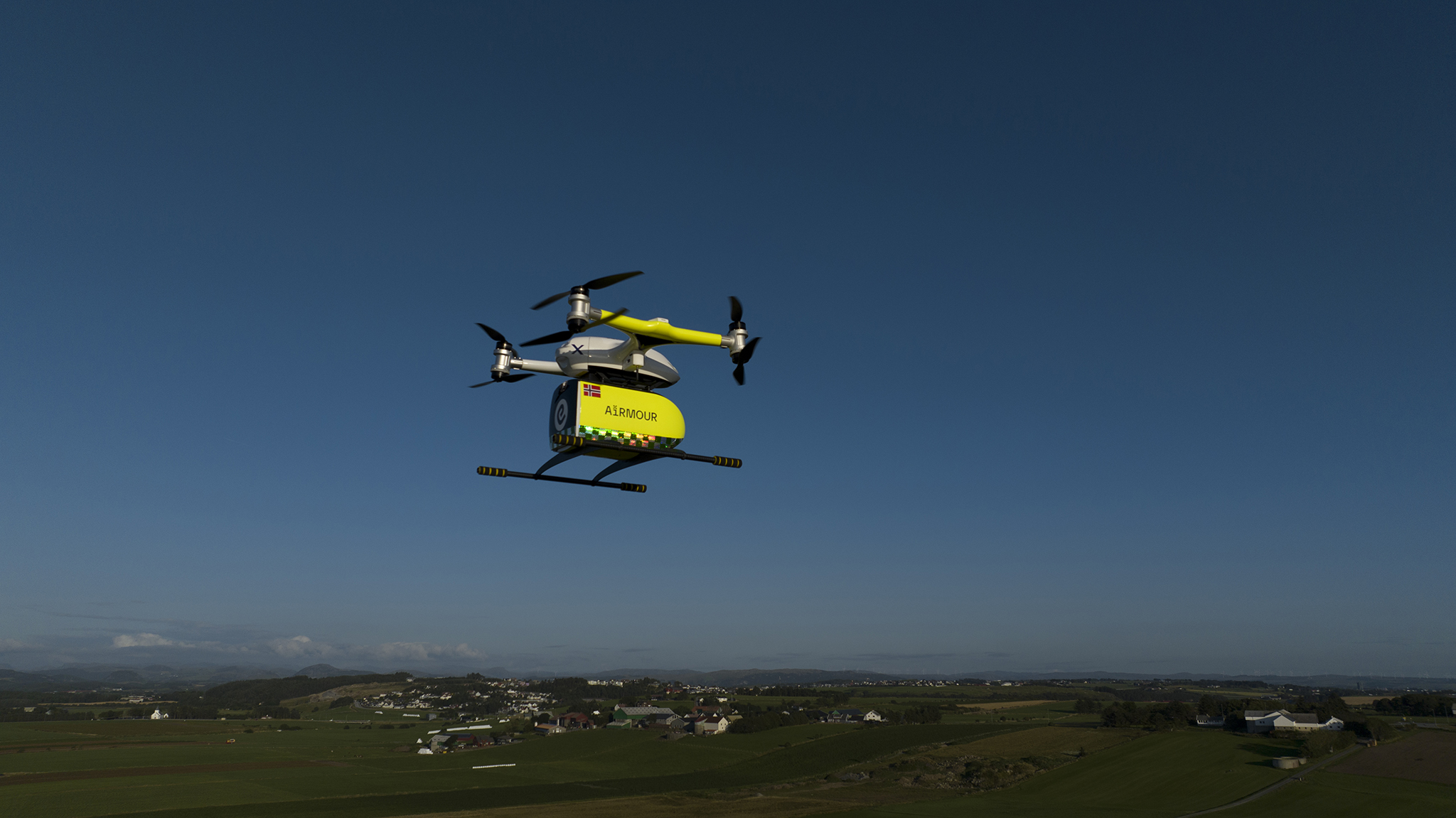Public attitudes towards delivery drones and passenger eVTOLs for Emergency Medical Services (EMS) surveyed by AiRMOUR

Over 1,100 citizens from the six participating nations answered questions related to safety and risk, privacy, environment, socio-economic impact and public acceptance of different EMS use cases
Since May 2021, the AiRMOUR project has undertaken the largest public and stakeholder engagement survey on Urban Air Mobility (UAM) and drones in Europe. This is the first survey of this size that is asking for public opinion on the use of delivery drones and passenger eVOTLs for EMS.
“The results of the survey show that the exposure to drones is likely to increase the acceptance. The more common it is for the public to see professional drones in action, the less controversial the public perceives them,” said Dr Petri Mononen, Principal Scientist at VTT, Technical Research Centre of Finland, who is the Coordinator of the AiRMOUR project.
According to the results, the public are more willing for drones to be used in cases of urgent medical situations, like the delivery of a defibrillator or emergency medical personnel than for the delivery of non-urgent medical products, like prescriptions. However, the most widely accepted use of drones was found to be for infrastructure maintenance, land or building surveying and environmental monitoring.
“The reason for these findings could be because drones used for medical emergencies, or for maintenance, surveying or monitoring are considered less disturbing than for others uses as they are generally not very frequent, often operating in controlled or isolated environments,” explained Lucy Mascarenhas, Senior Consultant from the AiRMOUR partner LuxMobility, which oversaw conducting the survey.
The AiRMOUR survey included interviews of 15 experts from the fields of aviation, Urban Air Mobility, medical, government, communication and cyber security, a technical stakeholder survey and a workshop. The experts were asked about UAM in relation to EMS and they felt that the most limiting factor in advancement of UAM is regulations.
“Experts identified the need for an easier process to test flights for drones. However, they acknowledged the need for tighter restrictions in some areas, such as certifying all drones and ensuring all drone operators – including hobbyists – take a mandatory test to fly. They also identified the need for clarity from authorities by ensuring responsibilities and regulatory processes are clear and transparent,” said Mascarenhas.
The AiRMOUR project will continue to work on public acceptance until its conclusion in 2023. “We expect to greatly increase our survey respondents in 2023 and thereby gain even deeper knowledge on the best follow-up actions for municipalities and the industry,” said Mononen.